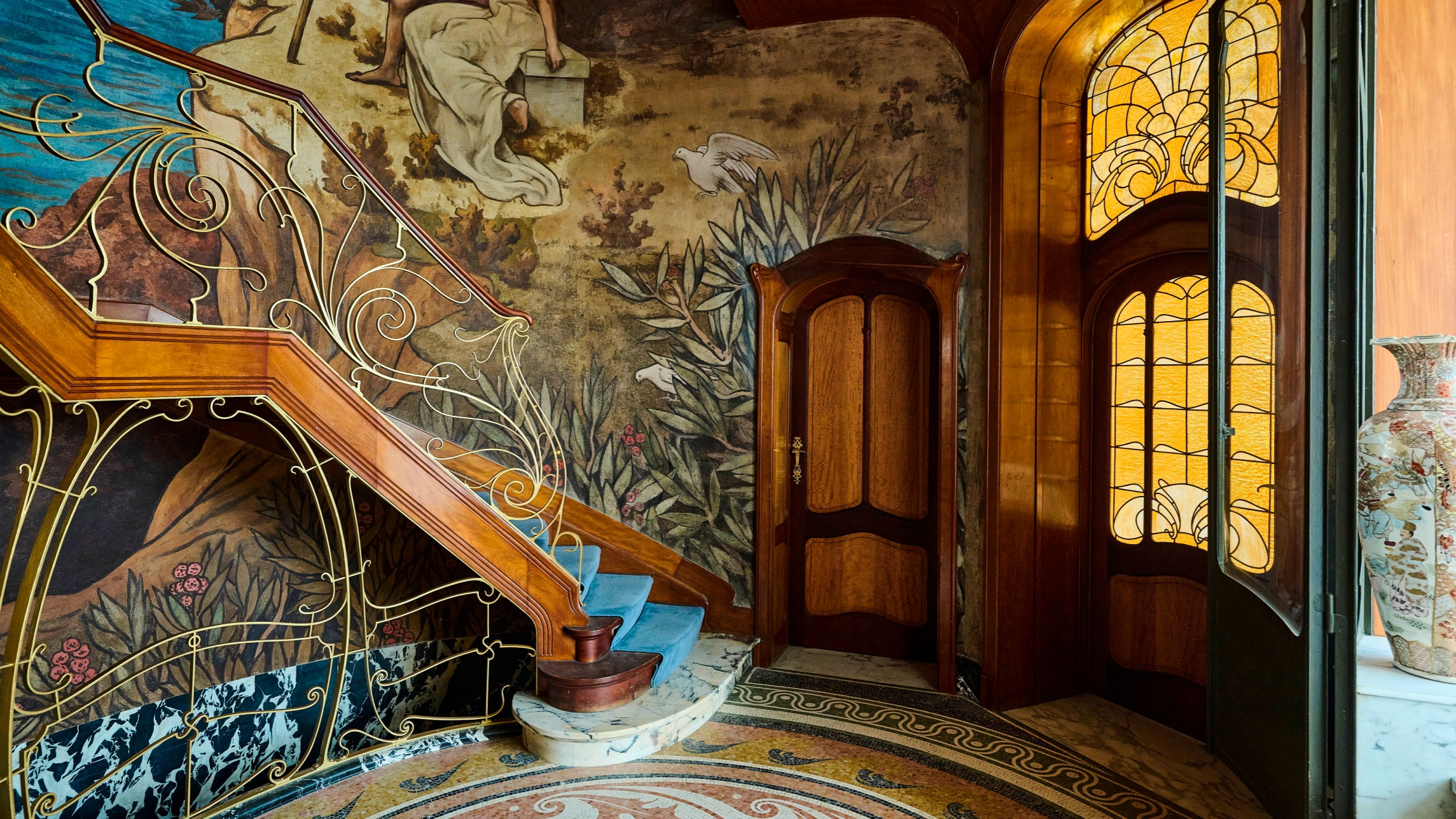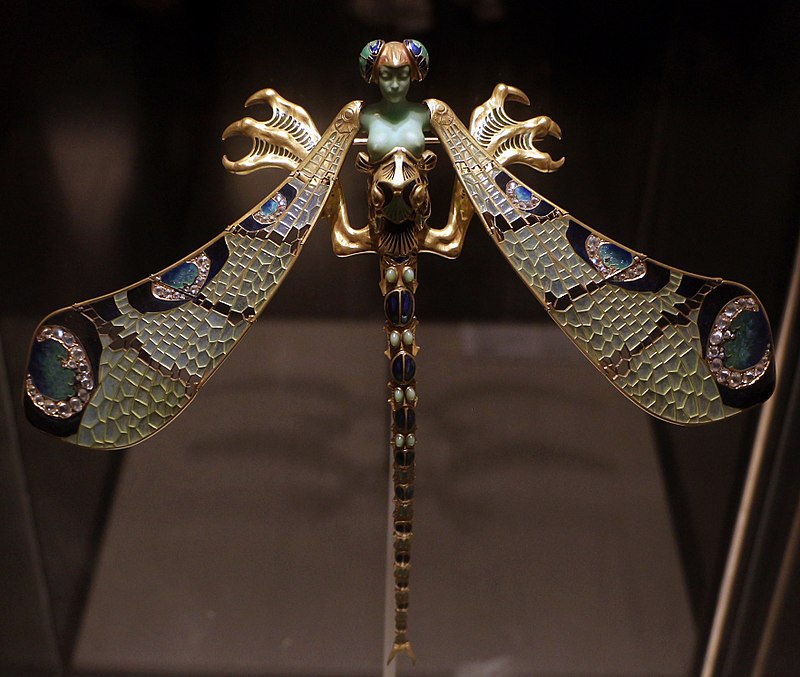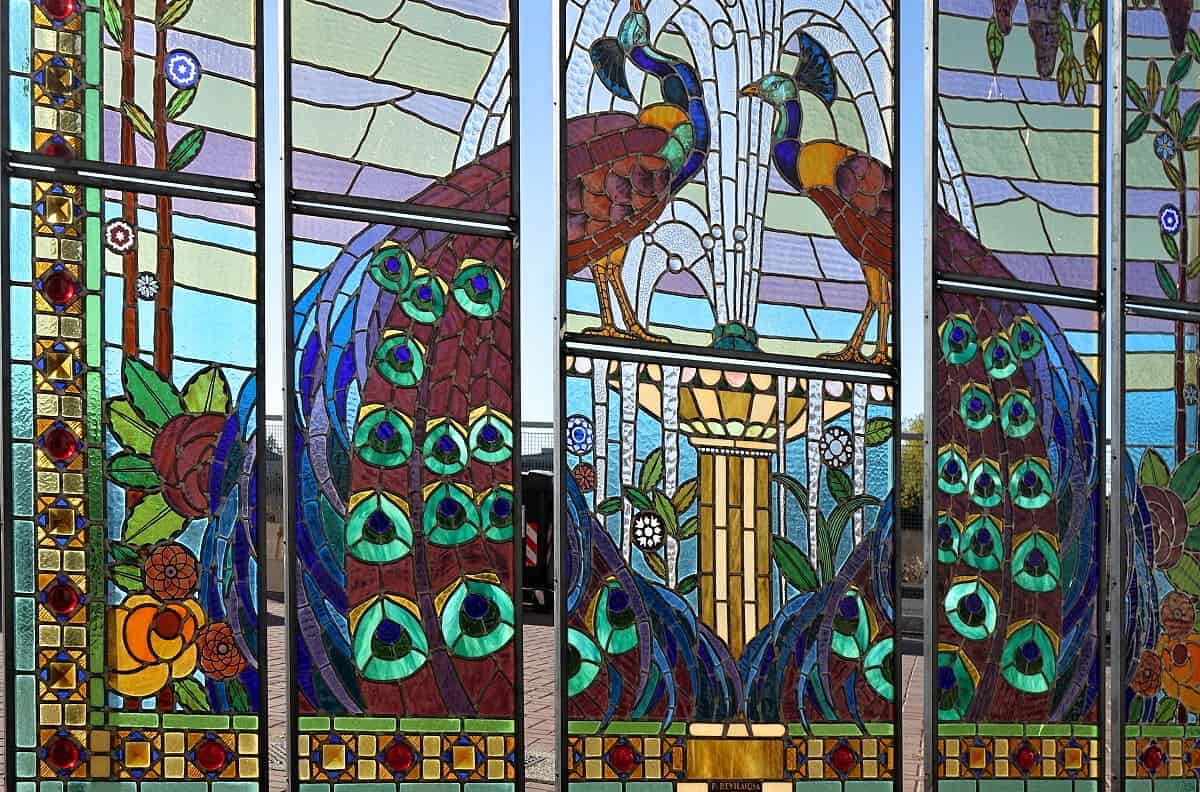
Have you ever heard of Art Nouveau, the artistic movement that swept away the aesthetic conventions of the Victorian era to revolutionise the world of art and design? If the answer is no, you are in the right place to discover all the details of this fascinating movement.
Born at the end of the 19th century during the Belle Époque, Art Nouveau marked a period when art merged with philosophy, architecture and the applied arts to create a symphony of forms and styles that influenced countless aspects of everyday life, from architecture to fashion, from furniture to funerary art. Let’s discover together how Art Nouveau transformed the perception of art and culture in Europe and beyond.
Art Nouveau: the artistic movement that defined an era

Art Nouveau was not only a French phenomenon, but crossed European borders taking on different names depending on location. In Italy it took a different name as the new style was referred to as ‘Arte Nuova’, ‘Stile Floreale’ or the more famous ‘Liberty‘. The Belgian critic Edmond Picard was the first to coin the term in 1894, discussing the work of artists such as Henry van de Velde, Victor Horta and other pioneers of the movement. In England, it was known as ‘Modern Style’, in Germany as ‘Jugendstil’, and in Austria as ‘Wiener Secession’.
Each European nation therefore had its own way of interpreting and naming this revolutionary style, which was adopted and adapted to different cultural, social and political contexts.
THE ROOTS AND EVOLUTION OF ART NOUVEAU
The predecessor and most significant art movement of Art Nouveau was the British Arts & Crafts, which extolled artistic craftsmanship as a reaction to industrial mass production. Arts & Crafts opposed the compromise of aesthetic quality in the name of cheap production.
Art Nouveau took the ideas of Arts & Crafts and evolved them, culminating in a more comprehensive and modern vision of art and design.
Art Nouveau really became popular after the Universal Exhibition in Paris in 1900, where it became evident that this movement had found application in every field of artistic creativity.
GEOGRAPHICAL SPREAD AND SOCIO-POLITICAL IMPLICATIONS
Several European cities became epicentres of this movement, each with its own nuances and influences.
- In Paris, architect Hector Guimard designed the iconic Art Nouveau metro stations.
- In Vienna, the Wiener Secession led by artists such as Gustav Klimt changed the artistic landscape of the city.
- In Germany, the anti-academic and anti-Prussian tendency of this style was a sign of resistance against the Wilhelminian architectural tradition.
- The spread of Art Nouveau was also favoured by specific socio-economic and political conditions, such as nationalistic aspirations in Spain and Finland.
ART NOUVEAU IN THE GRAPHIC AND VISUAL ARTS
Artists associated with Art Nouveau explored various mediums, from illustration to billboards. The graphic style is characterised by flowing lines, natural elements and ornamentally sophisticated details.
In France, artists such as Alfons Mucha became famous for their artistic posters, while in England, Aubrey Beardsley and Walter Crane pioneered the genre.
Each nation had artists who interpreted the style in unique ways, often fusing Art Nouveau with other contemporary trends such as Symbolism or Impressionism.

Art Nouveau was more than just an artistic style; it was a complete vision of art and life that changed the way people saw the world around them.
Although it was a short-lived artistic movement, its impact on the world of art and design is indisputable.
Every era has its revolutionary movements, but Art Nouveau stands out for its ability to influence a variety of artistic fields and leave a lasting imprint on world culture.

